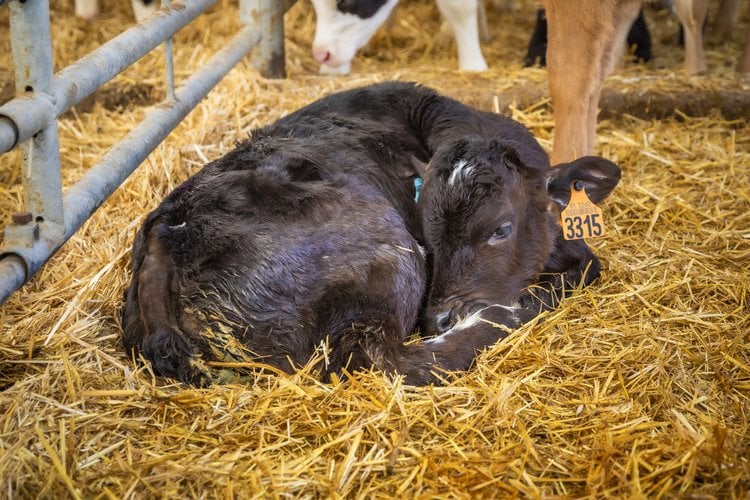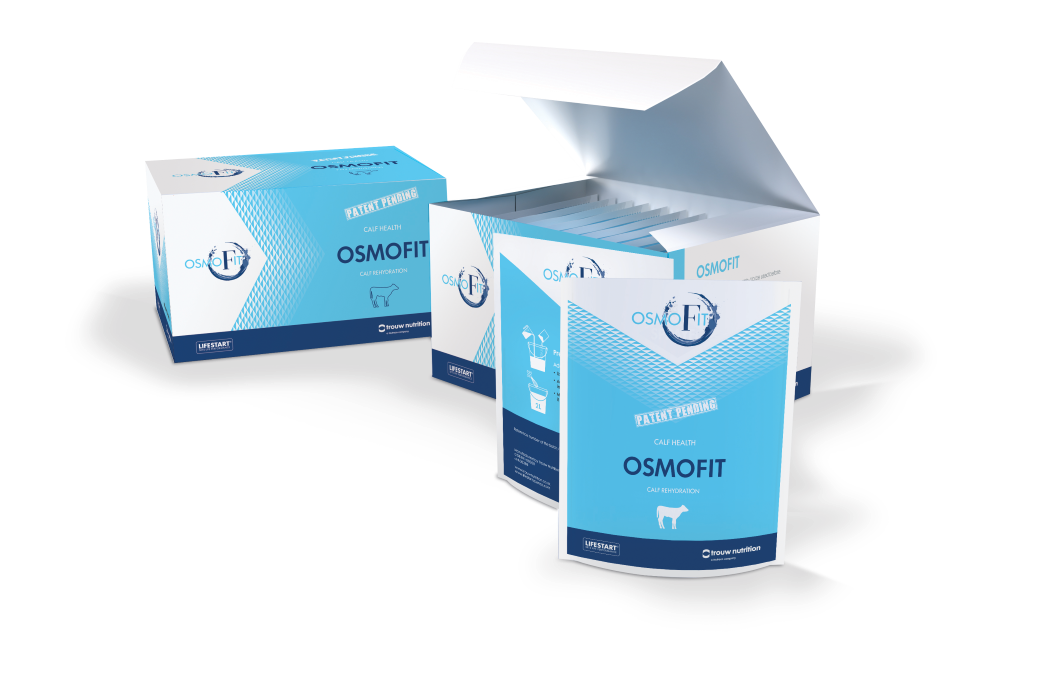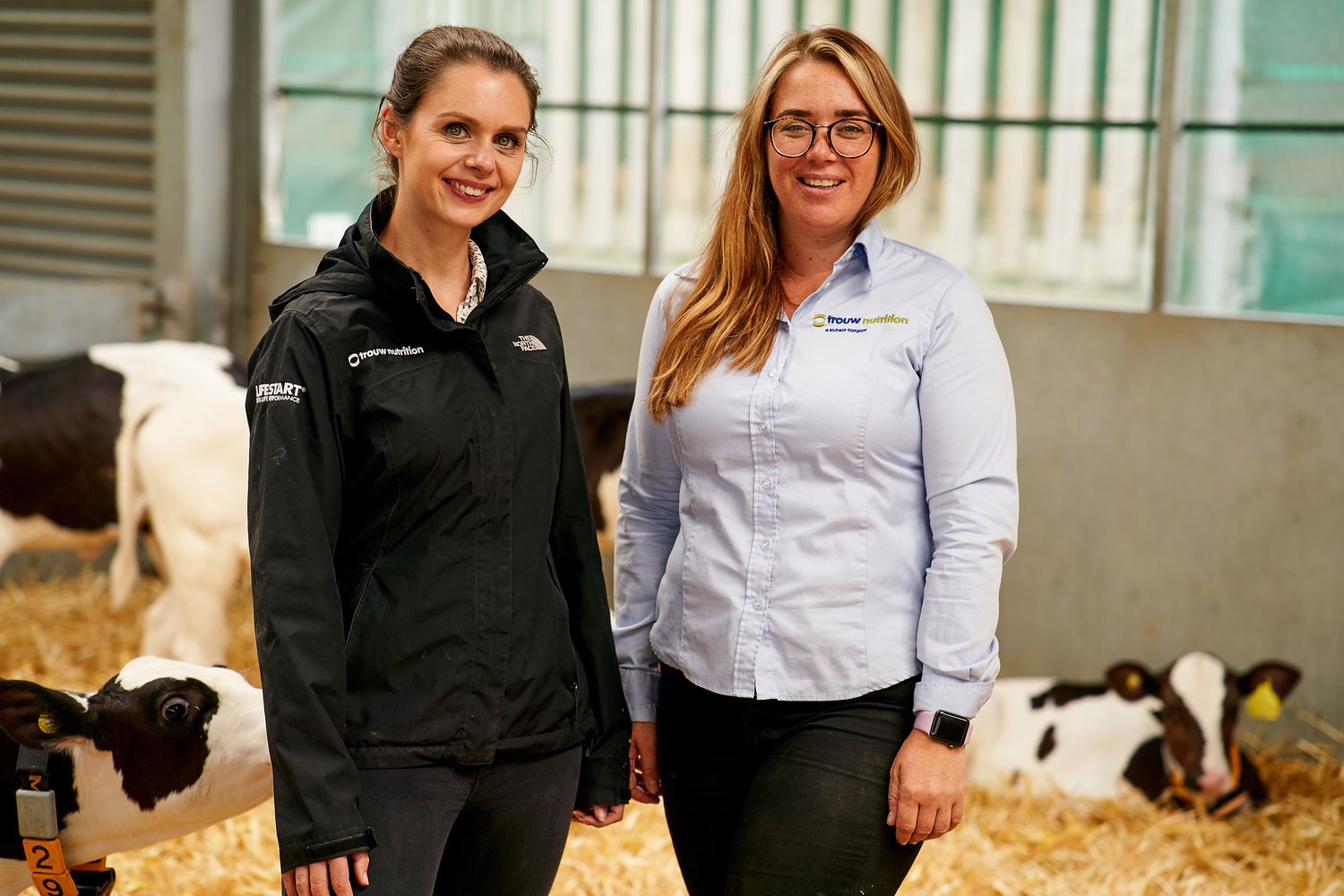Managing Neonatal Diarroea
Calf dehydration, mainly as a result of diarrhoea, is a major drain on dairy farm performance and is the biggest single cause of calf losses. The benefits of reducing the impact of dehydration can be considerable as it has a range of short-term and long-term consequences which affect profitability.
Calves are particularly vulnerable to dehydration due to their body size, their increased metabolic rate and their body composition. The majority of the calf's fluid is stored outside celss (extracellular) therefore it will lose fluid quickly if it is affected by diarrhoea.
The importance of early intervention
Dehydration disturbs many of the key pathways in the animal, reducing blood sugar, causing malnutrition and increasing the risk of hypothermia. It can also affect the absorptive capacity of the intestines, leading to poorer use of feed, reduced growth rates and poor feed conversion.
Also calves with diarrhoea are losing much more sodium in their faeces. This is important as the bigger the loss of sodium, the harder it is to maintain an electrolyte balance and consequently the more challenging it is to reduce the extent and duration of dehydration.
Dehydration resulting from diarrhoea is the cause of 55% of all calf deaths in their first stage of life.

Spotting the early signs
Diarrhoea is often associated with severe intestinal villus damage which reduces the nutrient absorptive capacity of the calf and means that they are unable to absorb all of the nutrients present in the milk.
This results in poorer use of feed and feed conversion, and reduced growth rates. So don't wait until a calf is seen scouring before you intervene as it will already be too late.
Keep a careful watch on calf behaviour for early signs such as reduced milk intakes, slower drinking speeds or not drinking at all are early indicators. Other signs to look out for include droopy ears, sunken eyes and an overall reduction in activity which indicate dehydration is becoming a problem.

Take Action to Rehydrate
As soon as you see the early signs of dehydration immediately start treatment with a hypotonic (low osmolality) oral rehydration solution such as OsmoFit.
OsmoFit is a dietetic water-soluble calf rehydration product. It is able to stabilise the water and electrolyte balance of the extracellular fluid pool in cases of diarrhoea by providing the required salts and sugars in the right amounts and in the correct ratio.
Downloads
-
pdf (66kB)
-
Frequently Asked Questions
Should I only give oral rehydration treatment when a calf has diarroea?
Don't wait until a calf is seen scouring before you intervene as diarrhoea is often associated with severe intestinal villus damage, which reduces the nutrient absorptive capacity of the calf and means they are unable to absorb all the nutrients present in the milk.
What are the early signs of calf scour?
Pay close attention to calf behaviour as it is the only way that calves can communicate distress. Reduced milk intakes, slower drinking speeds or not drinking at all are all early indicators of a problem. Other signs will include droopy ears, sunken eyes and overall reduction in activity.
Can I mix oral electrolyte solutions (ORS) into milk for calves that are sick with diarrhoea?
No - Milk absorbs too much of the elevated levels of salt and sugar contained in electrolyte solutions, increasing the risk of diarrhoea. If you choose to use an electrolyte solution like OsmoFit, check the advised dosing rate before mixing into water, and provide it inbetween milk feedings.

Contact Us
Our Youngstock team consists of:
Georgina Thomas - Young Animal Feed Manager
Dr. Laura Tennant - Young Animal Feed Technical Advisor
